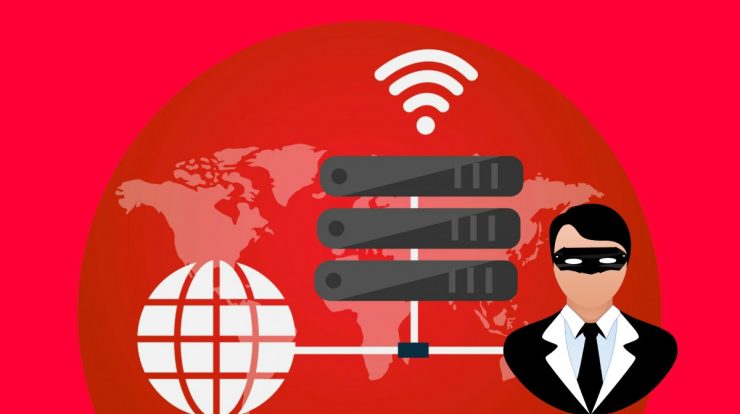
Image Credit: pxhere.com
The multiple aspects of IoT stretch beyond industries and warehouses. With smart devices and IoT inventory tracking, IoT-based devices have become an important part of modern livelihood, streamlining day-to-day activities. It has revolutionised commercial and personal usage from smart homes to voice-activated assistants.
However, this growing dependency on IoT has given rise to various security challenges that can easily threaten businesses and individuals. There are currently 15 billion active IoT devices expected to double by 2030, leading to the importance of understanding these impending risks of security to avoid much damage.
Table of Contents
Critical Threats To IoT Security
Although the increasing rate of IoT adoption has optimised business operations, it has also provided new ways for cybercriminals to breach sensitive information and inflict damage. To ensure no such threat prevails in an operational environment, it is important to understand the various threats and vulnerabilities posed by IoT.
Common Vulnerabilities in IoT
- Limited Hardware: The absence of proper hardware or limited computational functionality in IoT devices is susceptible to cyberattacks due to their inability to secure strong security protocols.
- Multiple Transmission Technology: Utilisation of multiple communication methods for different systems by IoT devices can confuse the central infrastructure, making it vulnerable to cloning attacks.
- Vulnerable Components: Many basic components included in IoT inventory tracking devices lack strong security mechanisms, making them susceptible to exploitation and security breaches.
- Lack of Awareness: Lack of employee training and knowledge regarding IoT security can expose businesses to multiple attacks.
Compromised IoT solutions may face threats like malware, harmful botnets, DDoS attacks, data theft, credential leaks, etc., leading to complete disruption of operations, economic damages and public safety.
Best Practices to Overcome IoT Security Issues
With growing vulnerabilities, it is essential to establish strong security layers in IoT solutions throughout the organisation’s interconnected network infrastructure. These additional layers of monitoring and prevention will help businesses secure data and protect them from potential danger.
To prevent unforeseen security threats, consider utilsing Airtel’s IoT connectivity services.
| Best Practice | Detail |
| Update Software |
|
| Avoid Universal Plug & Play (UPnP) |
|
| Implement Network Segmentation |
|
| Use Secure Authentication Mechanisms |
|
| Lightweight Encryption |
|
| Secure Coding Practice |
|
In Conclusion
As the rise in adoption of IoT solutions grows, more advances in security will inevitably develop to prevent large-scale attacks. Security measures are key components that influence a company’s capabilities, making it an important step for future success. With 97% of tech leaders acknowledging their security concerns around IoT implementations, staying updated and following best practices will aid in securing the existing IoT infrastructure for further improvement.






